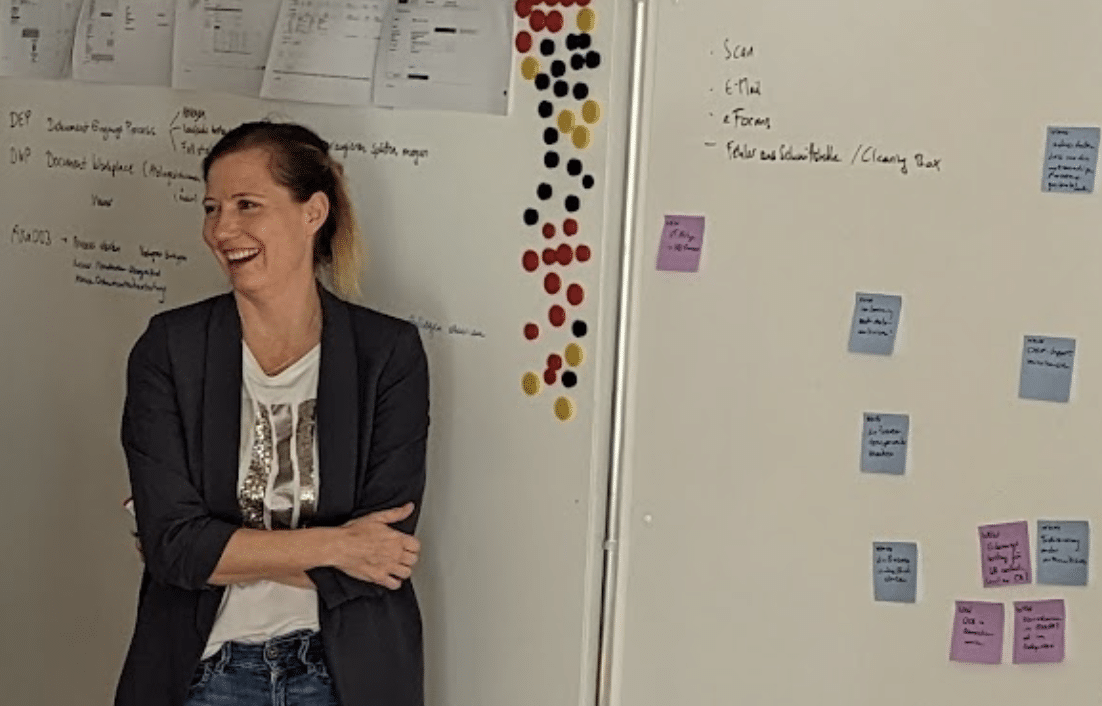The Challenges of Scrum
Scrum is widely known and popular as a method for enhancing efficiency and collaboration. However, practical experience in many organizations reveals that Scrum often only works under ideal conditions. The rigid structures of Scrum can limit the necessary flexibility required for true agility. Indeed, the effectiveness of Scrum strongly depends on a well-coordinated team, clear processes, and a supportive environment—conditions that are rarely found in the real business world. Where constant time and budget pressure prevail and changes in scope are as regular as rain in April, Scrum can quickly appear sluggish and unambitious.
The Role of the Scrum Master
The Scrum Master plays a crucial role in the agile environment. They are supposed to remove obstacles and act as a mediator between the team and external disturbances. However, the rigid enforcement of Scrum rules can be counterproductive if it restricts creativity and productivity more than it promotes them. An effective Scrum Master fosters an environment of openness and innovation, instead of focusing solely on compliance with rules.
When Scrum Is Not Enough
In dynamic project environments, traditional Scrum can often be too rigid. A possible solution might be the integration of Scrumban and timeboxed Design Thinking into the development process, which I refer to as “Agile Thinking.” This combination of methods offers flexibility and structure. A proposal would therefore be the further development from the traditional Scrum Master to the Innovation Master. This approach would focus on enabling innovation and rapid adaptability, significantly boosting team dynamics and motivation.
Facilitation (Moderation) as a Key Competence
The art of facilitation—enabling and easing processes without directive intervention—is crucial for promoting innovation. It empowers teams to creatively respond to challenges, promotes genuine collaboration, and supports the development of solutions that go beyond what rigid methods can offer. The practice of Design Sprints shows how effective facilitation can be: A clear agenda, time-limited sessions, and the goal of making the impossible possible unleash tremendous energy and lead to exceptional results.
Scrum Master vs Innovation Master
| Role | Scrum Master | Innovation Master (Facilitator) |
| Focus | Task- and sprint-oriented, focused on achieving Sprint goals. | People- and process-oriented, focused on developing team dynamics and creative problem-solving. |
| Objective | Ensures that the team can work efficiently and follows Scrum rules. | Empowers the team to develop their own solutions and pursue creative paths. |
| Flexibility | Operates within the constraints of Scrum; adjustments are limited by the framework. | High flexibility; adapts methods and techniques to the needs of the team and project. |
| Communication | Mainly mediates between the team and the Product Owner; focuses on Scrum rituals. | Promotes open communication and collaboration within the team and with stakeholders. |
| Impact | Enhances efficiency within the Scrum framework. | Boosts overall team performance and promotes a culture of continuous improvement and adaptability. |
Conclusion
We face the challenge of maximizing agility, effectiveness, and innovation in an ever-changing world. Perhaps the answer lies in moving away from rigid roles and towards universal facilitation skills that help every team member maximize their contribution and impact.
Disclaimer
I must admit, I have yet to successfully implement Scrum with any team. I find it too rigid and lacking ambition. How often I’ve had to move stories from one Sprint to the next or discuss why the scope changes. I’m impatient and want to see quick results, test, and improve. And I firmly believe that things take as long as you have time for them (or more, but usually not less). I’m fortunate to work with incredibly talented developers. Thus, it must be either my understanding of Scrum or my impatience. Moreover, I like to accompany various aspects of the process, from the organization and design & conception to achieving product-market fit. Ultimately, I have tried Scrum, Kanban, Scrumban, Story-Mapping, and many other methods. True to the spirit of a facilitator, I love choosing the most suitable format depending on the situation.

And how do I become a Facilitator?
There are certainly many ways to master the art of facilitation, and this was my personal journey: When I discovered the world of Design Sprints in 2017, my understanding of collaborative work and Timeboxed Design Thinking fundamentally changed. Since then, we regularly conduct such Design Sprints internally for our projects and externally with clients. Facilitating these has catapulted me out of my comfort zone many times. And I have grown tremendously from these experiences.
Call to Dialogue
This article is meant to be a catalyst for a deeper discussion. Do we need more Facilitators?



